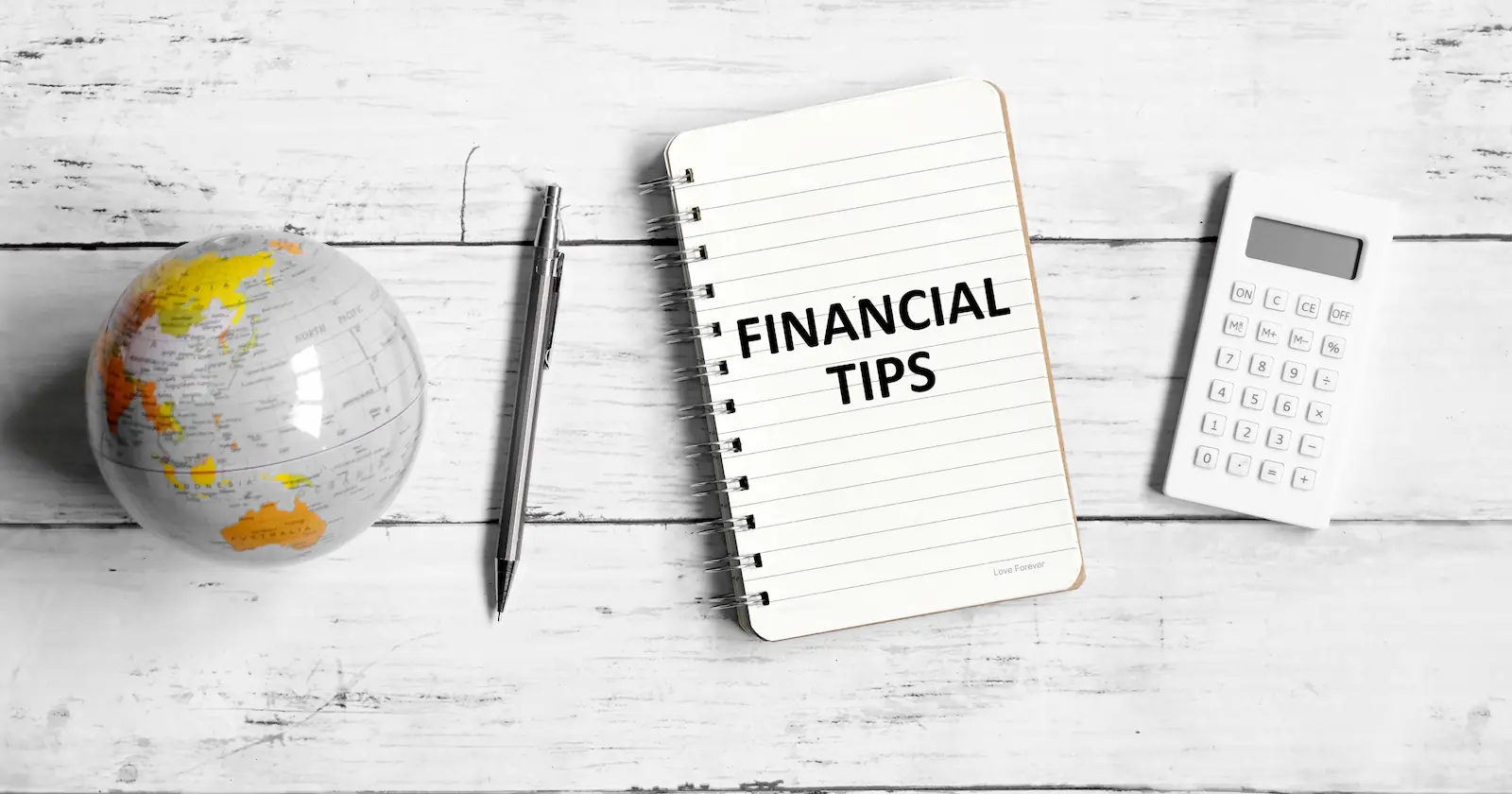
Each passing decade of life brings different sets of challenges as well as opportunities. While 20s is the most carefree time of your life, 30s is often laden with responsibilities of career, marriage, and kids.
It is often said - “Life begins at 40s”. It is the decade when you feel a lot calmer, you outgrow the hectic stage of 30s, you are at the peak of your career, and you are able to balance your family and career.
However, like every other stage, 40s also has its own set of financial challenges. So, the question is “What should be your financial plan in your 40s?”.
So, here’s a breakdown of financial moves you can make to have a sound financial plan in your 40s. Undertaking all of these steps can help give you peace of mind now and in the future.
An Adequate Emergency Fund
An emergency fund in your 40s needs to be more substantial than it did in previous stages of your life. For instance, in your 30s, you may have loosely accounted for house-related expenses, or guessed what it might cost if you lose your job.
However, in your 40s, you need to plan more precisely, without leaving any room for guesswork. Consider stashing at least six months’ worth of emergency expenses and increase the amount, if needed, based on your rising expenses.
Corpus for Your Retirement
It is likely that you have socked away a small percentage of your monthly paycheque for retirement in your 20s and 30s. If you haven't, don’t fret, there is still time to catch up with contributions if you begin investing at 40.
The best way to build a sufficient retirement corpus is to invest in equity-based ULIPs. When you are at this stage of life and still have 15-20 years till retirement, investment in equity funds will enable you to accumulate a good amount of corpus for your golden days. On the contrary, conservative investors can opt for balanced ULIPs which can reduce the risk arising due to market instability.
Insurance Against Uncertainties
Securing the future of your dear ones in your absence is the best safety net you could provide for them. Therefore, invest in a life insurance policy to make sure your loved ones are sufficiently covered in case of untoward events, like your untimely death.
Go for term insurance and get the right and maximum coverage in case of any unfortunate event. Even if you had taken up a life insurance policy in earlier stages of your life, review your policy so that your cover matches your current income.
Children Education Savings
Whether your child is young or a teenager, education planning is something that should cross your mind at this stage. A child education plan is one option you may want to look at, among other savings plans.
If your child is at least 5-10 years away from higher education, consider investing in equity funds in child plans as these offer highest returns in long term category. On the other hand, you can invest in balanced funds for combined exposure to equity and debt funds.
Some Other Check Points:
These additional tips should help you lay down a real financial plan:
- Pay off your mortgage faster
- Eliminate credit-card debt
- Check up on your asset allocation
- Have a strong portfolio
- Purchase health insurance for future health care needs
- Avoid raiding your retirement savings for your child’s higher education
While the list of things to do in your 40s is long, you don’t have to do it all at once. There is a good chance that you are already on track with many of these steps.
Whatever steps you take, try to focus on the bigger picture. Create a good plan that is derived post consideration of your goals, risk appetite and expenses. Finally, evaluate your financial strategy, at least once a year– you won’t regret it.




Comments